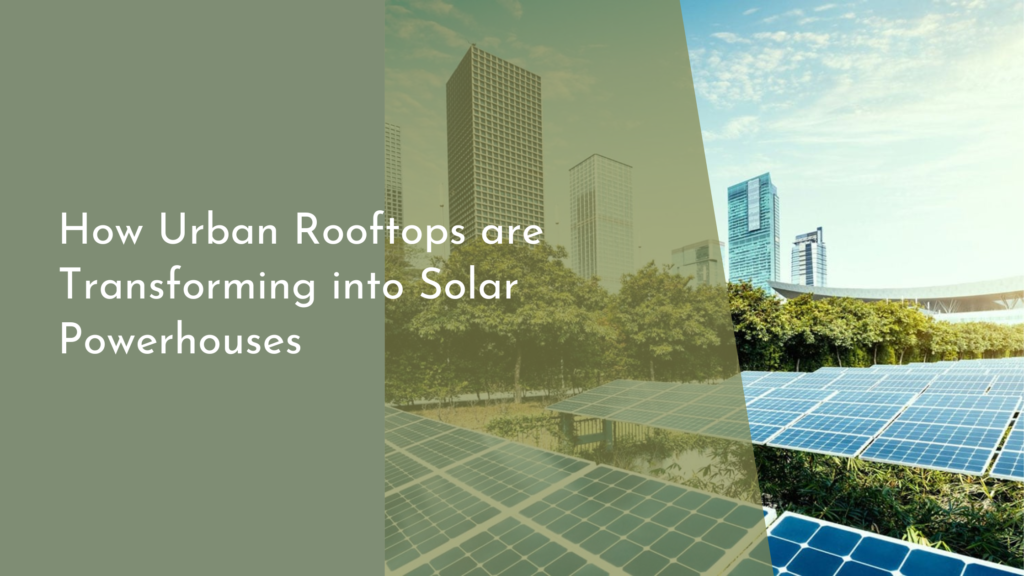The Connection Between Renewable Resources and Circular Economy
In recent years, the focus on sustainability has driven both consumers and businesses to seek innovative solutions for minimizing waste and conserving natural resources. At the heart of this movement lies the powerful synergy between renewable resources and the circular economy. By understanding the basics of renewable resources and embracing a circular economic model, society can shift towards a more sustainable future. In this article, we will explore the foundational concepts of renewable resources, delve into the principles of circular economy, and uncover how the two work harmoniously to create a greener planet.
Understanding Renewable Resources Basics
Renewable resources are natural resources that replenish themselves over short periods, making them a sustainable option for energy and material needs. These include solar, wind, hydro, and biomass energy, as well as other resources like timber and water, provided they are managed responsibly. Unlike finite resources such as fossil fuels, renewables offer a consistent and reliable supply, crucial for tackling the environmental challenges posed by traditional energy consumption.
The shift towards renewable resources is driven by their potential to reduce carbon emissions, decrease pollution, and diminish the ecological impact of energy production. Innovations in technology have made renewable resources more accessible and cost-effective, enabling wider adoption across various sectors. By investing in renewable energy and materials, societies can reduce their dependency on non-renewable resources, leading to a more resilient and sustainable future.
Circular Economy: A Sustainable Model
The circular economy is a transformative model that aims to eliminate waste and make the most of available resources. Unlike the traditional linear economy, which follows a ‘take-make-dispose’ approach, the circular economy emphasizes ‘reduce, reuse, recycle’, thereby closing the loop of product lifecycles. This model not only focuses on minimizing environmental impact but also encourages economic growth by creating new markets and opportunities.
Central to the circular economy is the concept of designing products with their entire lifecycle in mind, from sourcing sustainable materials to planning for reuse or recycling at the end of their life. Companies are increasingly adopting circular principles by innovating their processes and products, leading to reduced resource consumption and increased efficiency. The circular economy presents a sustainable alternative that aligns with global efforts to combat environmental degradation and resource depletion.
How Renewable Resources Power Circularity
Renewable resources play a vital role in powering the circular economy by providing sustainable inputs for production and energy needs. By utilizing renewable energy to fuel manufacturing processes, companies can drastically reduce their carbon footprint while maintaining efficiency. This transition from fossil fuels to renewables aligns with circular principles by ensuring the creation of products that are not only eco-friendly but also economically viable.
Moreover, renewable resources provide the raw materials necessary for developing biodegradable and recyclable products. For example, bioplastics derived from plant sources can replace traditional plastics, contributing to waste reduction and promoting a closed-loop system. By integrating renewable resources into circular economic practices, industries can achieve a harmonious balance between ecological sustainability and economic prosperity, paving the way for a greener future.
Collaborative Efforts for a Greener Future
Achieving a sustainable circular economy powered by renewable resources requires collaborative efforts across various sectors, including governments, businesses, and consumers. Governments play a crucial role by instituting policies and incentives that promote renewable energy adoption and circular practices. By setting ambitious targets and providing support for research and development, they can drive the transition towards a sustainable economy.
Businesses, on the other hand, must innovate and collaborate to embed circular principles into their operations. From designing products for longevity to establishing take-back schemes, companies have the power to redefine their impact on the environment. Meanwhile, consumers can contribute by making informed choices, supporting sustainable brands, and advocating for greener practices. Together, these collaborative efforts can foster a resilient economy that respects the planet’s limits.
In the quest for a sustainable future, the connection between renewable resources and the circular economy offers a promising pathway. By understanding the potential of these concepts and working collaboratively, society can move towards a model that not only preserves the environment but also supports economic growth and innovation. Embracing this synergy is not just a choice but a necessity, as we strive to leave a healthier planet for future generations. As we continue to harness the power of renewable resources and integrate circular economy principles, we can unlock new opportunities for a greener and more sustainable world.

